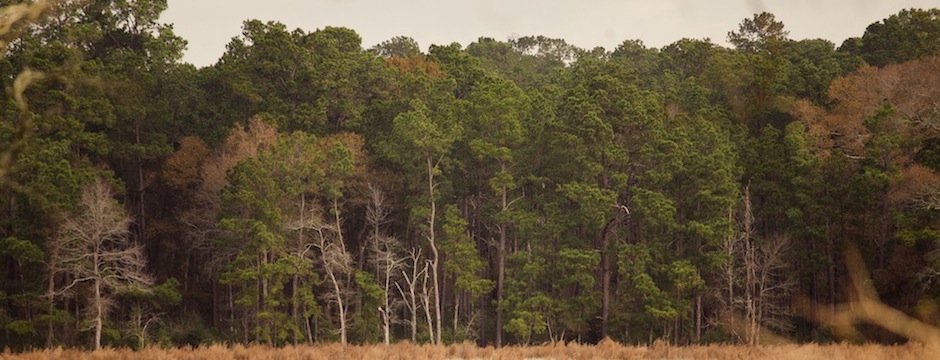On a warm spring or summer day, there’s nothing better than biting into a fresh citrus fruit picked right from your backyard. The delicious juices help revitalize your body, the taste satisfies a craving, and it’s a hassle free snack. Although growing a citrus tree to full maturity is incredibly rewarding, growing the perfect citrus tree can also be intimidating and a daunting process to most beginning gardeners. To make the process less worrisome, Grandiflora Services has put together this hassle free mini-guide for making the most of your citrus tree growth this Spring and Summer!
Fertilizer
Depending on your tree’s life cycle, it will need a different amount of fertilizer. For most mature trees, it’s best to apply three applications of fertilizer throughout a year (one in the winter, one in the late spring, and one in the late summer). Citrus fertilizers come in a variety of forms, although granular is the most popular and easiest to apply. Whether you choose to use granular or organic fertilizer, it’s important to make sure it includes the most ideal nutrients for citrus tree growth!
Ideal Nutrients
Whether you’re wanting to grow oranges, lemons or grapefruits, all citrus trees require an immense amount of nutrients to grow to their fullest potential and produce the best fruit. When you apply your fertilizer make sure it has the correct nutrients for citrus trees. Citrus trees require fertilizer with nitrogen, phosphorus, and potassium, all called macronutrients. Out of these three nutrients, nitrogen is the most essential for the growth of citrus trees. As far as micronutrients, citrus trees also need iron, manganese, and zinc.
Signs of Nutrient Deficiency
Because citrus trees need an abundance of nutrients in order to reach full growth, it’s important to listen to your tree’s signals of nutrient deficiencies. Trees display deficiencies through their leaf color, canopy density, and fruit maturation. For most tree species, yellowing of leaves is a sign of a nitrogen deficiency. In order to get the tree back in optimal health, spray it down with a foliar liquid spray! In addition, a tree with an iron deficiency will produce newer leaves that are light green in color with dark green veins. To treat an iron deficiency, it’s best to spray down the affected tree with a solution that contains iron, manganese, and zinc.
Spend your Spring and Summer sitting under the sun and eating fresh citrus fruit picked right from your garden! Following our tips on the best fertilizer and nutrients for your citrus tree will allow your tree grow to its full potential. For more information on the health of citrus trees, contact Grandiflora Services today!


 Unfortunately, our nation’s drinking water infrastructure is slowly deteriorating and is reaching the end of its lifeline. According to the U.S. Chamber of Commerce and National Association of Water Companies, 7 trillion gallons of water per day are wasted due to inefficiencies in our system. The unstable infrastructure has annually over 240,000 water main breaks resulting in a drastic amount of lost water. Unfortunately, repairing our system would be costly and time consuming. It is quoted that in California alone, we will need to fund $39 billion to fix the drinking water infrastructure.
Unfortunately, our nation’s drinking water infrastructure is slowly deteriorating and is reaching the end of its lifeline. According to the U.S. Chamber of Commerce and National Association of Water Companies, 7 trillion gallons of water per day are wasted due to inefficiencies in our system. The unstable infrastructure has annually over 240,000 water main breaks resulting in a drastic amount of lost water. Unfortunately, repairing our system would be costly and time consuming. It is quoted that in California alone, we will need to fund $39 billion to fix the drinking water infrastructure. Most trees are planted to provide shade or for visual appeal. Although these are great reasons for their existence, trees also provide many other benefits. A landscape full of trees tend to bring relaxing vibes, lower our heart rates, and reduce our stress. However, in addition to their plethora of health benefits, trees also better the environment as a whole. For more reasons why you should defend a tree’s standing, read about their environmental benefits:
Most trees are planted to provide shade or for visual appeal. Although these are great reasons for their existence, trees also provide many other benefits. A landscape full of trees tend to bring relaxing vibes, lower our heart rates, and reduce our stress. However, in addition to their plethora of health benefits, trees also better the environment as a whole. For more reasons why you should defend a tree’s standing, read about their environmental benefits:

